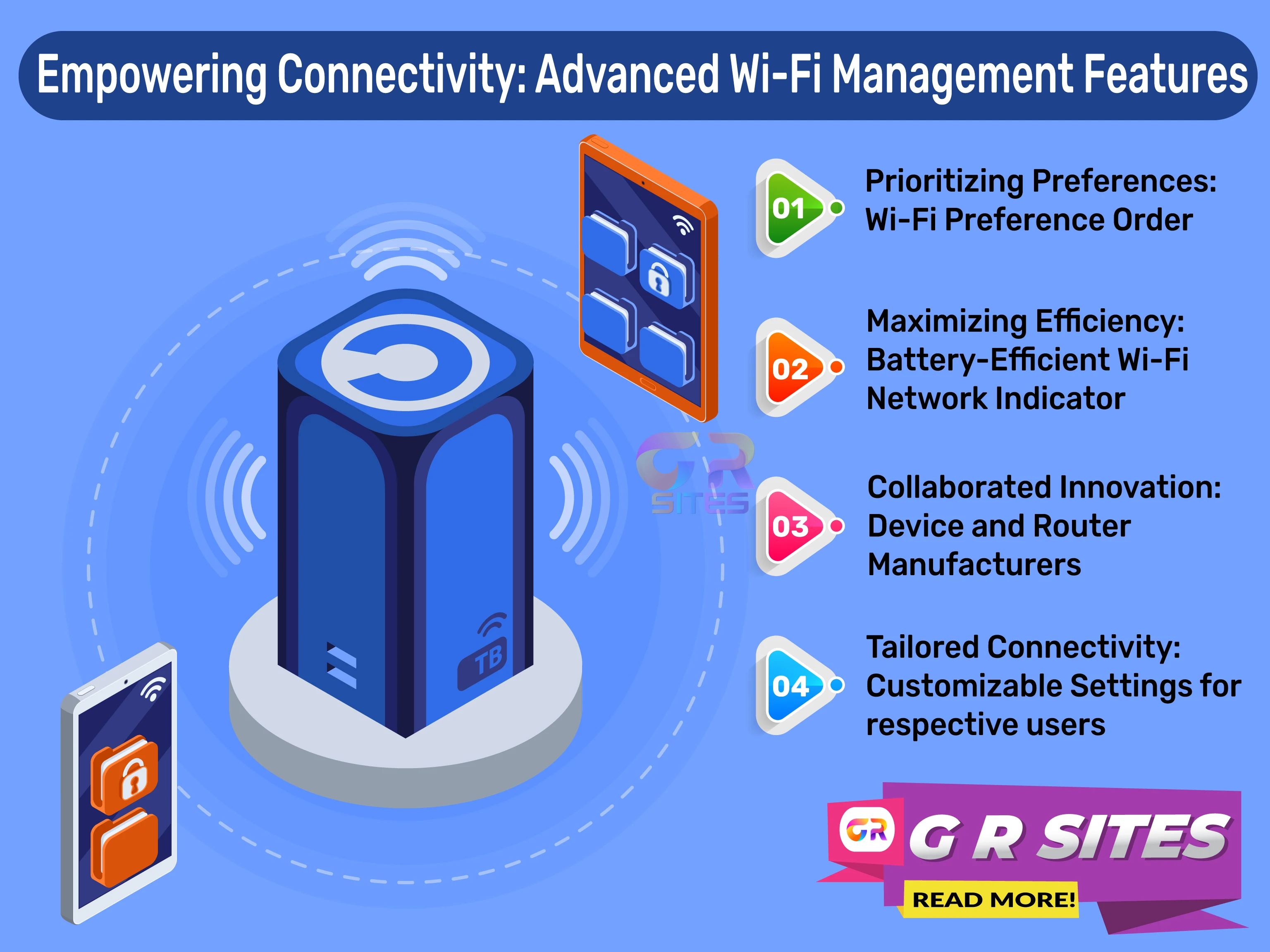In an increasingly interconnected world, Wi-Fi has become a cornerstone of mobile connectivity. However, as reliance on wireless networks grows, so too does the need for enhanced Wi-Fi management features on mobile devices. Join us as we explore the demand for advanced Wi-Fi settings and the potential benefits they could bring to users worldwide.
Current State of Wi-Fi Connectivity: A Tale of Convenience and Limitations
In today's digital landscape, mobile devices seamlessly connect to Wi-Fi networks, prioritizing convenience and accessibility. Yet, beneath the surface lies a fundamental flaw: the lack of customization options for Wi-Fi connectivity.
- Automatic Connection: Mobile devices typically connect to the first available Wi-Fi network, based on past connections, without user intervention.
- Limitations: While convenient, this approach lacks flexibility and fails to account for user preferences and network performance.
Unlocking the Potential: Two Key Features for Enhanced Wi-Fi Management
To address the shortcomings of current Wi-Fi connectivity settings, both device manufacturers and router manufacturers should collaborate to implement two distinct features:
Wi-Fi Preference Order Setting
Allow users to define a preferred order for Wi-Fi networks, ensuring that their device connects based on selected preferences rather than default settings.
- User Control: Empowers users to prioritize networks based on factors such as signal strength, security, and network speed.
- Customization: Enables tailored connectivity experiences, ensuring seamless transitions between preferred networks in any environment.
Battery-Efficient Wi-Fi Network Indicator
Introduce an option for devices to indicate which Wi-Fi networks are optimized for battery efficiency and performance, based on router settings and network configurations.
- Battery Optimization: Helps conserve battery life by connecting to networks optimized for power efficiency, reducing drain on mobile devices.
- Performance Enhancement: Maximizes device performance by selecting networks with optimized settings, ensuring smooth and efficient operation.
Path Forward: Collaboration and Innovation
As the demand for advanced Wi-Fi management features grows, it is imperative for device manufacturers and router manufacturers to collaborate and innovate. By prioritizing user-centric design and implementing customizable settings, they can enhance the Wi-Fi experience for millions of users worldwide.
Conclusion: A Brighter Future for Wi-Fi Connectivity
In conclusion, the need for enhanced Wi-Fi management features on mobile devices is clear. By enabling Wi-Fi preference order setting and battery-efficient network indicators, device manufacturers and router manufacturers can revolutionize the way users connect and interact with wireless networks. As we look to the future, let us envision a world where Wi-Fi connectivity is not just convenient but also tailored to individual preferences and optimized for performance. Together, we can unlock the full potential of wireless technology and create a brighter, more connected future for all.



